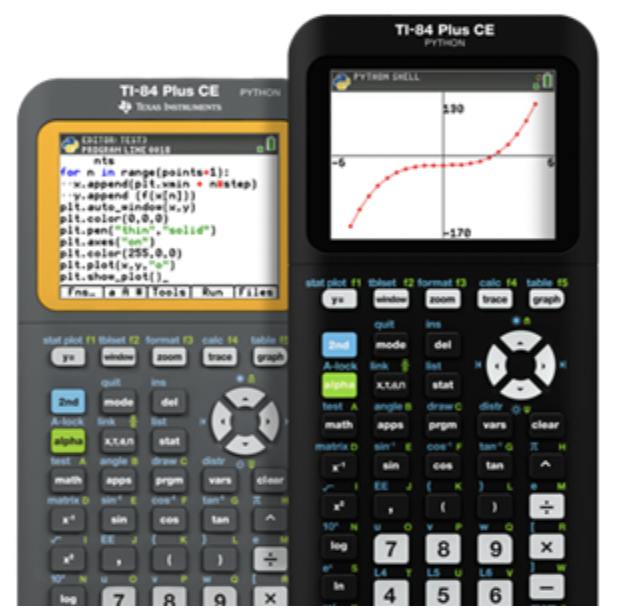For many years, schools in the United States have always permitted students to utilize calculators in exams, most importantly in science and math. The reason for this is the idea that humans should not waste any time doing complex calculations and instead focus their energy on synthesizing the logical, non-calculator parts of problems. This gets more important as students approach middle school, because of the introduction of the application of algebra.
However, calculators in the United States are a concern amongst examination organizations such as ACT, which were required to provide a detailed list of permitted calculators for examinations as well as important attributes of permitted calculators that one would never think a calculator to have. Think, wireless fidelity and Bluetooth capabilities.
This is clear evidence that calculators are perhaps more than a machine that can crunch numbers. As the years went on, companies such as Texas Instruments produced more and more complex calculators, with some features such as graphing, complex algorithms, and even the possibility of programming, calculators are certainly a possibility for students to work around the rules of an examination.
The most popular and well-known aspect of the calculator arises most often in middle school. This is because of the popularity of one specific calculator across America, the Texas Instruments 84, most students have access to it and even own one. Many teachers will teach students how to use some pre-programmed algebraic functions of the calculator, such as graphing or solving a system of equations, which are both built-in features that cannot be deleted.
But the aforementioned programming purpose is the main issue, the ability to implement programs that the calculator does not even have. Texas Instruments already addressed a major issue that contradicted the utility of their calculator, the ability to install games. If you have a TI-84 Plus CE that is a couple of years old, then you might still be able to install games assuming that you did not update the software, however, newer versions have games completely blocked.
According to Beherensmeyer: “The capability of the Texas Instruments graphing calculator is beyond programming things into them. You can set up equations so that it is more of just an input and output of data, it does make really good graphs and so using these types of calculators on a test gives students an advantage.”
This shows that companies such as Texas Instruments do have an interest in providing an educational experience to students by removing distractions, but they still to this day have the option to program code on the calculator. And even without internet access, the calculator is still capable of solving algebraic problems that a student would usually struggle with.
Fortunately, programming such functions is very complicated with much room for error, so only the most passionate students would even be capable of accessing such resources without giving incorrect answers.



